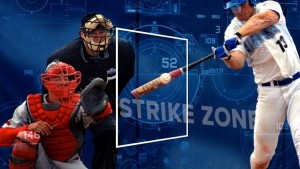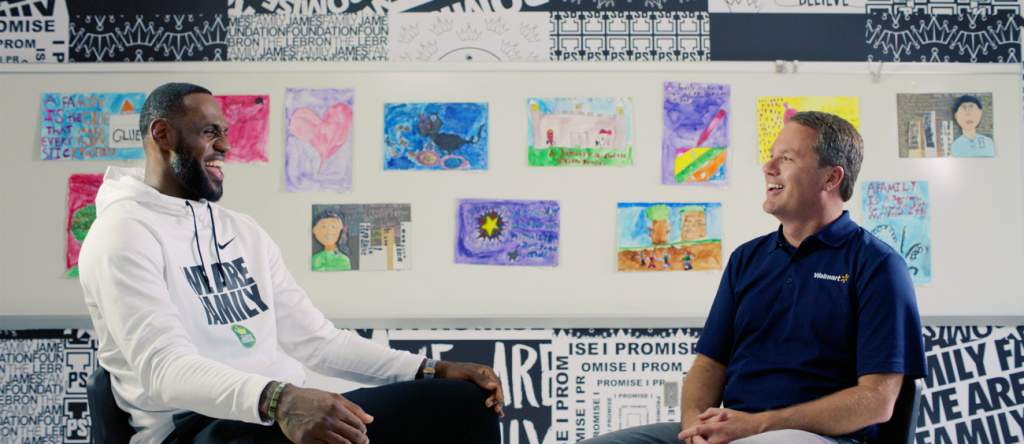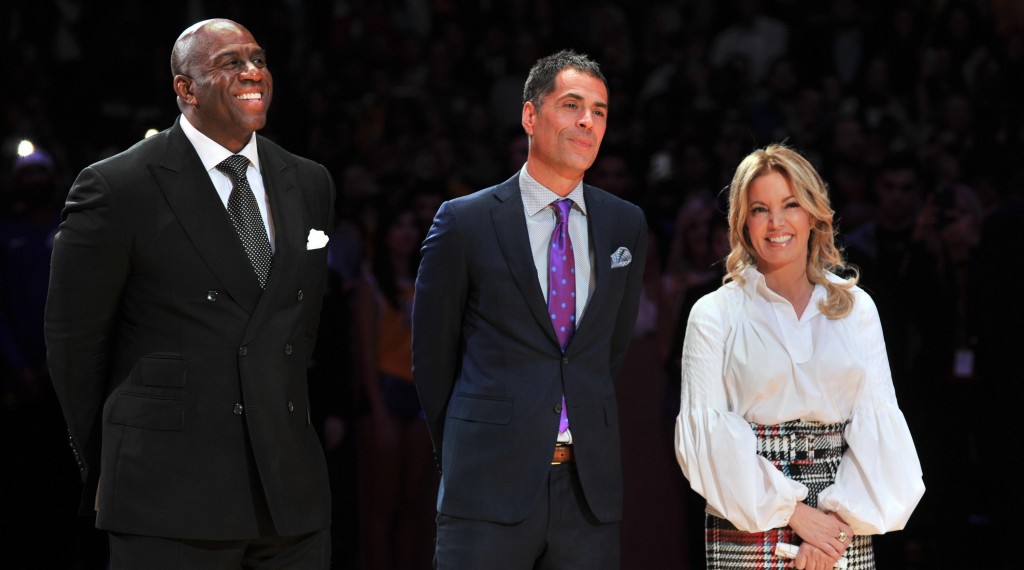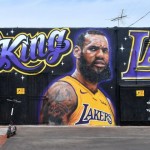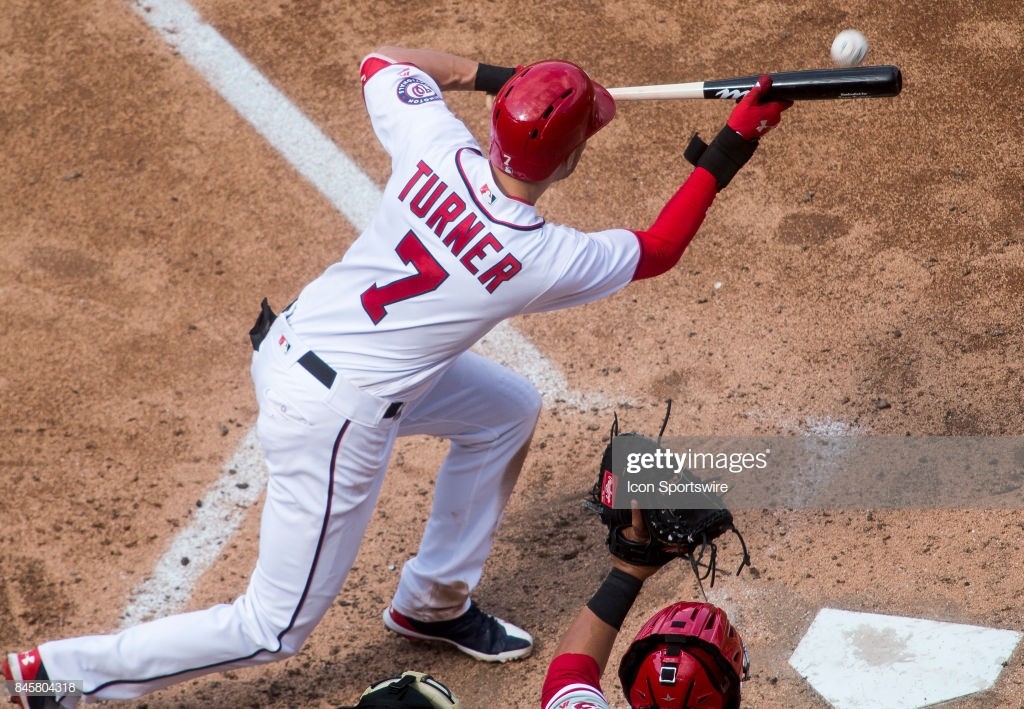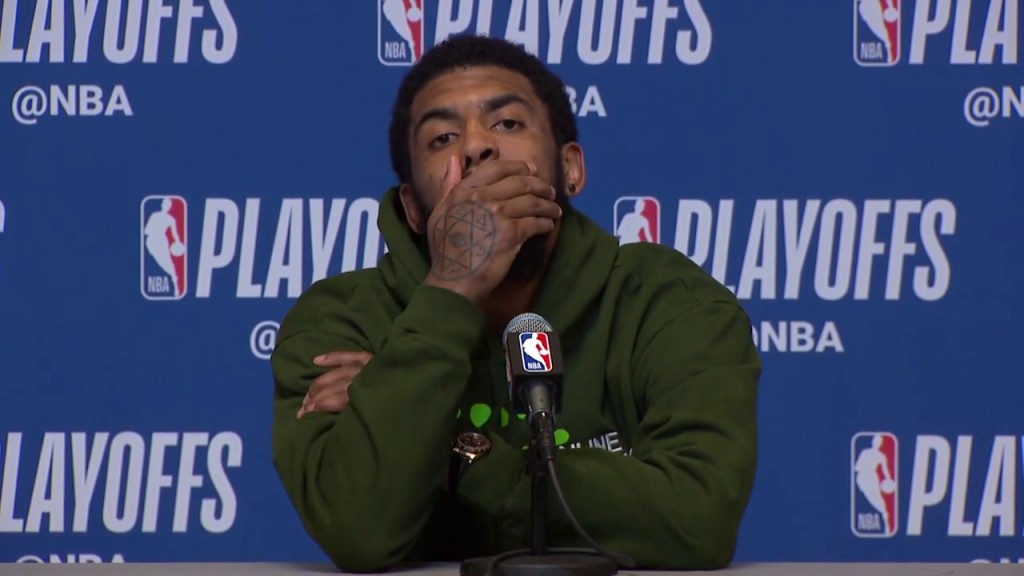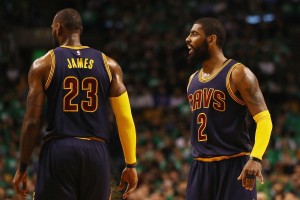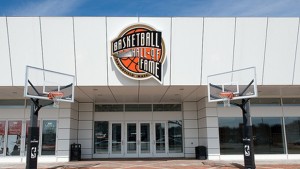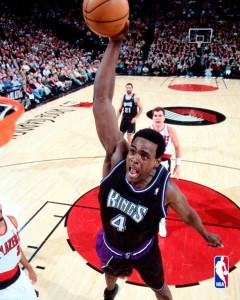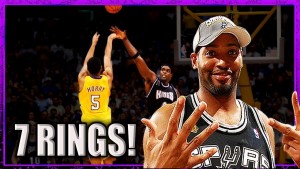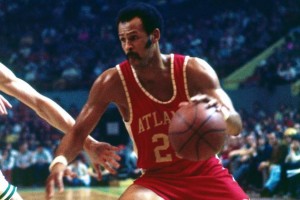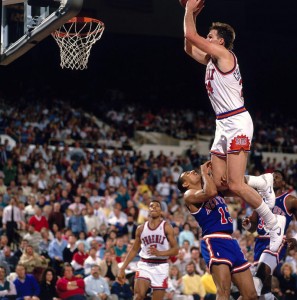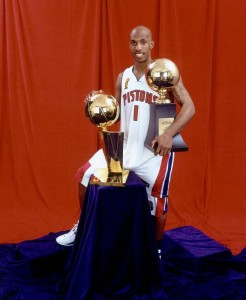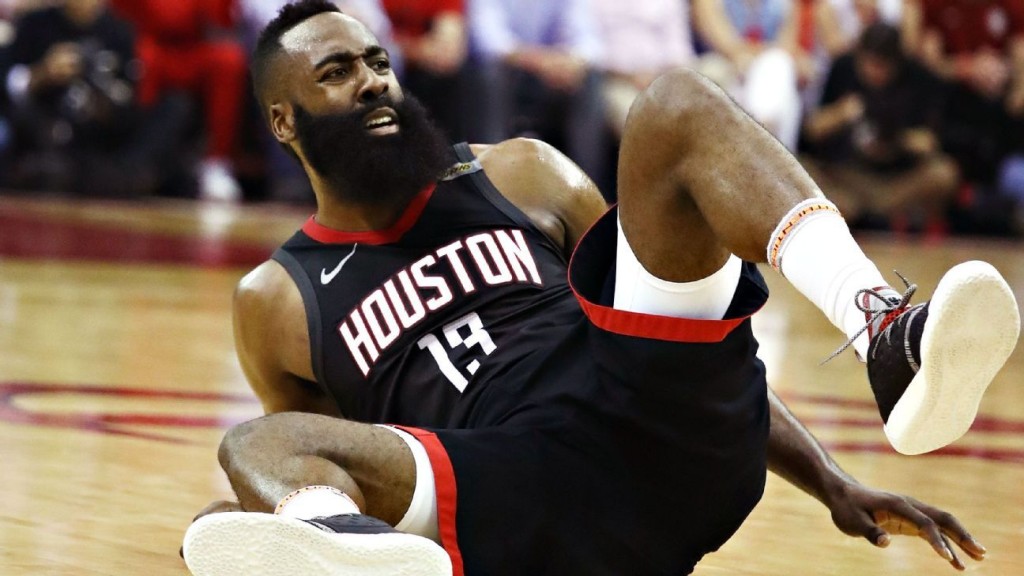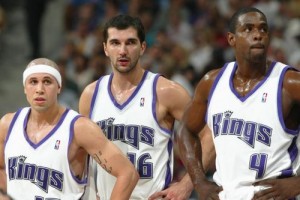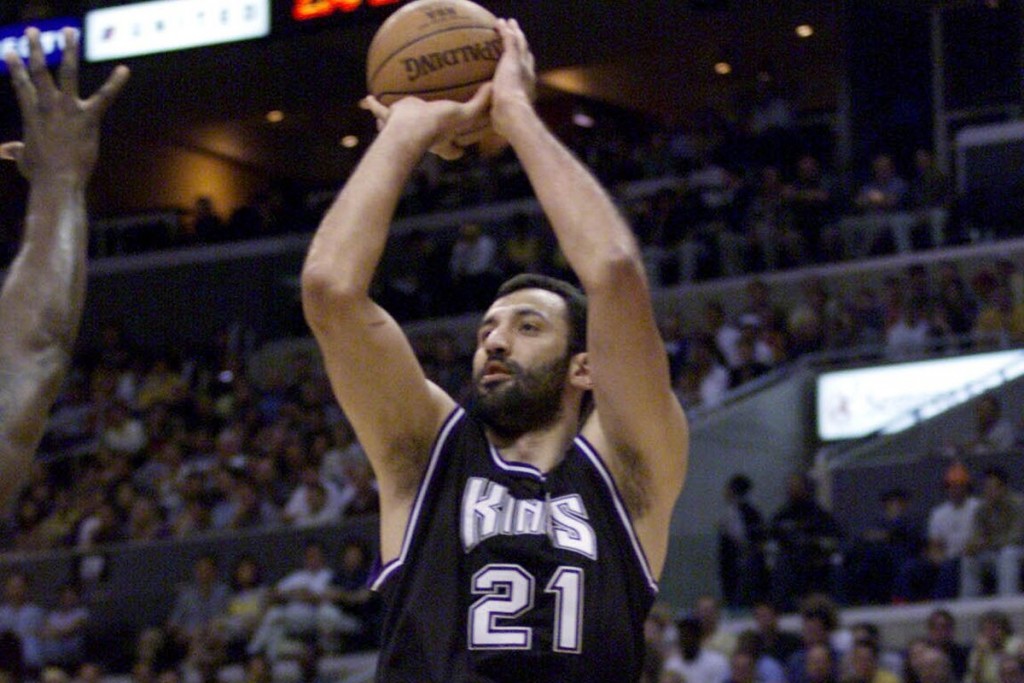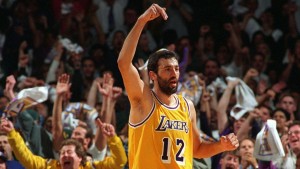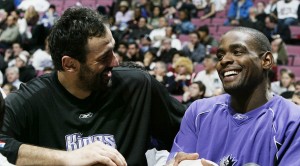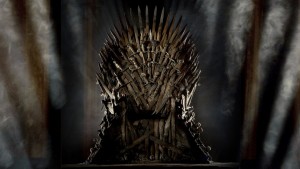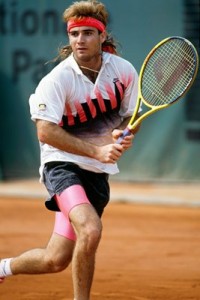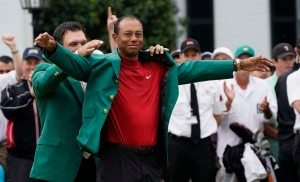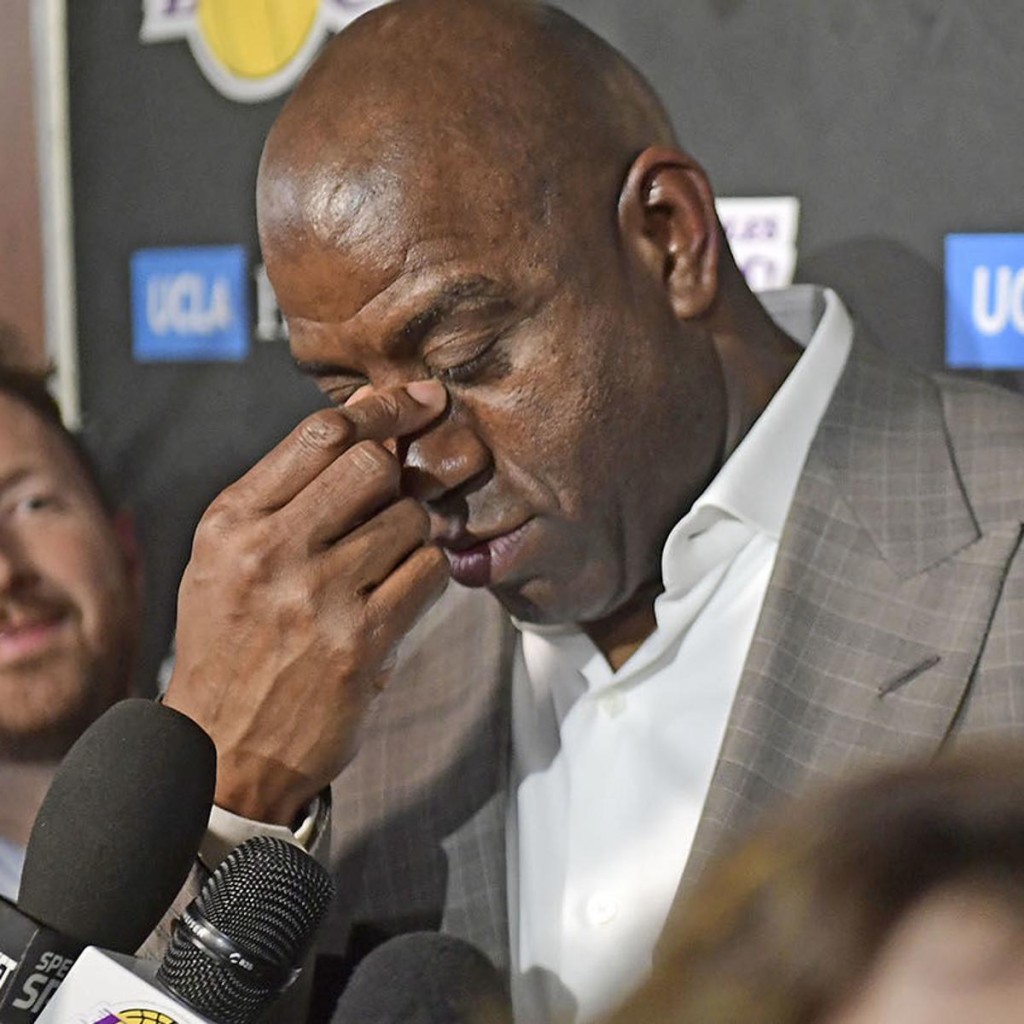About a month ago, much to my surprise, I received a notice in the mail from the State of Florida, for a speeding ticket. It had my correct license plate number and declared the vehicle was registered in the State of Maryland. This is certainly not a new experience for me. I am a “lead foot” and have earned many speeding tickets in my day.
There were two problems: 1) the car in the picture was not mine; and 2) I have never driven in the State of Florida in my entire life.
Therefore, I responded via the online link, explaining what I previously stated, and attached my work hours for that fateful July 30, 2018 day, as well as a picture of my actual car in a recent “legitimate” speeding ticket I received.
This past week, I received an email notification that my case was closed and thus I can save the $2 fine.
This experience reminds me of this ongoing debate in baseball to have computers take the place of umpires calling balls and strikes.
As you may guess, this debate is largely a generational one, with the opponents of this idea, who are disproportionately older, insisting that this would take away from the tradition of the game, and that mistakes in baseball…like life…are unavoidable.
The proponents, younger and much more comfortable with technology, insist that this would add consistency to the most common calls in the game, which are balls and strikes.
They are both wrong, albeit for different reasons.
Baseball traditionalist are among the most sanctimonious assholes in the sports fan world. They are all worked up over all proposed changes to the game, just on the tradition tip. They often have zero pragmatic objections. They are in the same category as the people who cried “Armageddon” because some wanted old movies colorized. They had a similar reaction to the notion of inter-league play. Today, we hardly even notice when the Yankees play the Padres. They are, by definition, conservative, and surely it is not necessary to highlight the record of such mindsets when in charge, be it baseball, or the country.
The proponents are wrong as well because they are grossly overestimating the improvement this technology will make. This notion that if you see the ball on TV go through the outlined strike zone that it is in fact a strike is ludicrous. Why? To put it simply, I paraphrase the words of the recently departed Bushwick Bill of the Geto Boys: “Your mind is playing tricks on you”.
The greatest weapon in the arsenal of a major league pitcher is not velocity/speed or big movement, as can be with a curveball. The greatest weapon is late movement. The sliders and especially the cut fastball or cutter can move 4-6 inches as it approaches the plate. So, though it may appear to have crossed the plate in the strike zone, that just is not necessarily so and the technology is not going to necessarily reveal such. The cutter in particular is the primary reason the great Mariano Rivera could get professional hitters to swing at pitches that looked as if they would be strikes or take pitches that looked as if they would be balls.
The experiment is being tried in the Independent Atlantic League as we speak but the sample results will not tell us much. Several modifications to the mound and distance to home plate have been made to the point that it simply will not be an apples to apples comparison.
I would like to be confident in an improved product should this be implemented but for all the reasons I have noted, there just is no basis to believe we will get that. Not even the fact that the technology is supposedly the same Doppler radar used for weather forecasts. Are we really suggesting that the weather man has never been wrong? This technology has actually already been used to evaluate umpires and according to one assessment, it missed 500 pitches in
April alone and that did not mean they called them wrong. They did not call them at all.
Therefore, while I have no objection to the concept of a computer calling balls and strikes, the reality is the technology is not as close to an improved product as its proponents would have you believe.
As was the case with my mystery speeding ticket from Florida, sometimes the technology just gets it flat out wrong.

